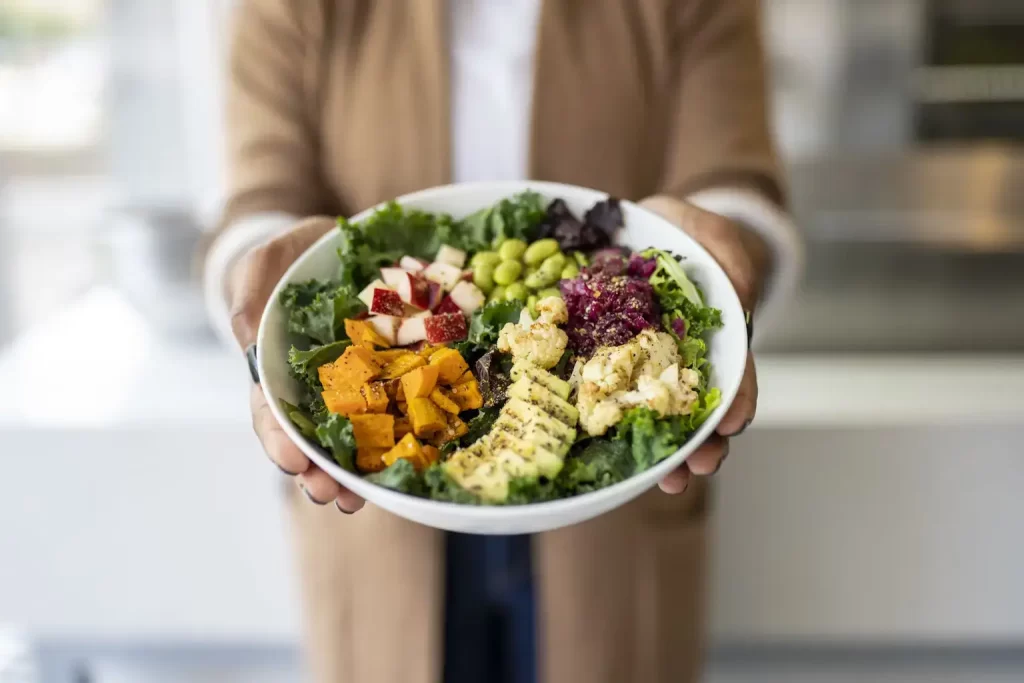
In today’s fast-paced world, convenience is key. As a result, more and more consumers are opting to order food online, especially from healthy restaurants that offer nutritious meals on the go. To meet this growing demand, restaurants need a reliable online ordering system that not only simplifies the ordering process but also enhances the overall customer experience. But with so many options available, how do you choose the best online ordering system for your restaurant? Here’s a guide to help you navigate the selection process and find the perfect fit.
1. Understand Your Restaurant’s Needs
The first step in choosing an online ordering system is understanding your restaurant’s specific needs. Every restaurant is unique, and the features that might work for one business may not work for another. Consider the following:
- What type of food do you serve?
- Are your customers more likely to order for delivery or takeout?
- Do you need integration with existing systems like your point of sale (POS) or inventory management?
- Are you targeting a specific type of customer, such as health-conscious individuals who frequent healthy restaurants?
By answering these questions, you can narrow down the list of potential systems based on the unique requirements of your restaurant.
2. User-Friendly Interface
A seamless and easy-to-navigate interface is crucial for both your staff and customers. Your online ordering system should be intuitive and require minimal steps for customers to place an order. If the interface is clunky or confusing, it could lead to abandoned carts and lost sales.
For healthy restaurants that attract busy professionals and health-conscious individuals, a user-friendly platform can make all the difference. Customers want to be able to find healthy menu options quickly, customize their orders easily, and check out without any hassle.
Additionally, consider how easy the system is for your staff to use. From managing incoming orders to updating the menu, the system should streamline daily operations, not complicate them.
3. Customization and Flexibility
Flexibility is key when it comes to online ordering, especially for restaurants that offer a wide range of dietary options like gluten-free, vegetarian, or low-calorie meals. Look for a system that allows customization so customers can tailor their orders to their specific dietary preferences. This is particularly important for healthy restaurants, as many customers are highly selective about what they eat.
Your system should allow you to highlight key attributes of your menu items, such as nutritional information, ingredients, and calorie counts. Offering a build-your-own meal option, where customers can choose their ingredients, is also a great feature that caters to health-conscious diners.
4. Integration with Your Existing Systems
For smooth operations, your online ordering system should integrate seamlessly with your existing restaurant systems, such as your POS, kitchen management, and inventory tracking software. This integration ensures that orders are processed quickly and accurately, reducing the chances of mistakes.
For example, when an order is placed online, it should automatically sync with your kitchen management system to notify the kitchen staff. It should also update your inventory in real time to prevent selling out of ingredients. Efficient integration helps your restaurant run more smoothly, ensuring that customers at healthy restaurants receive their orders quickly and without errors.
5. Mobile-Friendly Design
With the majority of online orders coming from smartphones and tablets, having a mobile-friendly design is a must. The online ordering system you choose should offer a responsive design that adapts to different screen sizes, making it easy for customers to order from their mobile devices.
A mobile-friendly platform also allows you to offer features such as push notifications for special promotions or loyalty rewards. This can be especially useful for healthy restaurants, where you might want to notify customers about new menu items, seasonal offerings, or limited-time discounts.
6. Payment Options and Security
Your online ordering system must provide secure and convenient payment options. Customers expect a variety of payment methods, including credit/debit cards, mobile wallets, and even cash on delivery. Offering multiple payment options ensures that customers can choose the one they are most comfortable with, leading to a smoother checkout process.
Equally important is the security of your customer’s payment information. Look for a system that uses encryption and complies with PCI-DSS (Payment Card Industry Data Security Standard) to protect sensitive payment data. This builds trust with your customers and enhances the reputation of your restaurant as a reliable and secure option for online ordering.
7. Marketing and Customer Engagement Tools
The best online ordering systems don’t just process orders; they help you grow your business. Features such as customer loyalty programs, email marketing, and analytics tools allow you to engage with your customers and encourage repeat orders.
For healthy restaurants, marketing tools can be used to promote new menu items, highlight the health benefits of your meals, or offer discounts to regular customers. Analytics tools help you understand customer preferences, allowing you to tailor your offerings and marketing strategies accordingly.
8. Delivery Management and Integration
If your restaurant offers delivery services, it’s essential to choose a system that integrates with delivery platforms or provides in-house delivery management. The system should offer real-time tracking, estimated delivery times, and easy access to customer addresses.
For restaurants focused on healthy eating, reliable delivery is crucial, as customers expect their food to arrive fresh and on time. A system that optimizes delivery routes and provides updates to both the restaurant and the customer can improve the overall customer experience.
Conclusion
Choosing the right online ordering system for your restaurant requires careful consideration of your specific needs, customer preferences, and operational requirements. Whether you run a small cafe or a busy establishment catering to health-conscious diners, the system should offer a seamless, customizable, and secure experience. By focusing on integration, user-friendliness, and customer engagement, you can select a platform that not only meets your needs but helps your healthy restaurant grow in an increasingly competitive market.